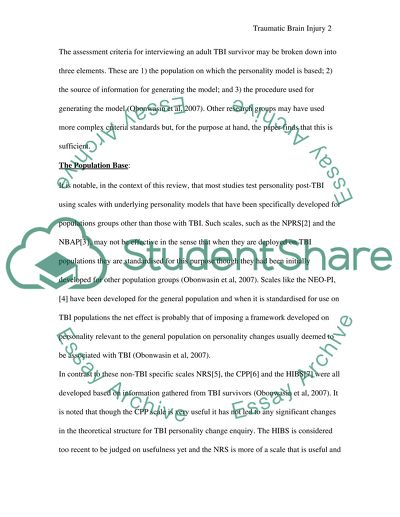Cite this document
(“Do Personality Changes Occur in Adults Following Traumatic Brain Essay”, n.d.)
Retrieved from https://studentshare.org/health-sciences-medicine/1525366-traumatic-brain-injury-essay
Retrieved from https://studentshare.org/health-sciences-medicine/1525366-traumatic-brain-injury-essay
(Do Personality Changes Occur in Adults Following Traumatic Brain Essay)
https://studentshare.org/health-sciences-medicine/1525366-traumatic-brain-injury-essay.
https://studentshare.org/health-sciences-medicine/1525366-traumatic-brain-injury-essay.
“Do Personality Changes Occur in Adults Following Traumatic Brain Essay”, n.d. https://studentshare.org/health-sciences-medicine/1525366-traumatic-brain-injury-essay.


